In Ali’s Café, just inside Turkey on the Bulgarian border, Iraqi and Syrian refugees spend their days drinking tea. Now and then, someone goes into the back room to give bundles of money to smugglers who have promised to get him into the European Union. Only when piano chords strike up on the radio does Kapka Kassabova realise what Ali’s reminds her of: Rick’s Bar in the movie Casablanca, a transit realm ‘where the homeless of the day come in search of passage’.
The Syrian refugees literally walked into Kassabova’s book. Like many ruined peoples before them, they were heading for the border she was writing about — the crossing point between Turkey, Bulgaria and Greece where ‘Europe’ has tried for centuries to build its wall with the East. This lazy-paced, directionless yet valuable book brings to life not just a neglected region but also one of the themes of our time: borders, open and closed.
Kassabova has the obsession with borders that comes from growing up behind the Iron Curtain. Raised in communist Bulgaria, she later emigrated to New Zealand, and now lives in Scotland. But she always yearned to see the borderlands that had been sealed to her, ‘the forbidden places of my childhood’. For this book she spent years gathering the stories of ordinary border-dwellers.
Today Turkey, Greece and Bulgaria have ‘three alphabets, three currencies, three versions of history’. But for most of history the border was blurrier. People on all sides descended from the ancient Thracians (almost forgotten now, because unlike their Greek contemporaries they didn’t leave behind any writing). Later, Muslims, Catholics and orthodox Christians were sprinkled almost randomly around the region. In the Ottoman empire, you found the unlikeliest people all over the place.
The anthropologist Ernest Gellner famously said that the ethnographic map of Europe used to look like a painting by Oskar Kokoschka, a ‘riot of diverse points of colour’. But after the multi-ethnic empires collapsed in 1918, the map came to resemble a Modigliani: neat flat surfaces clearly separated from each other.
The post-Ottoman nation states achieved this through ethnic cleansing. Kassabova describes the horrors: Greek-speakers in Turkey and Muslims and Bulgarian-speakers in Greece were wrenched from their ancestral homes and marched off to ‘homelands’ they didn’t know. They would arrive, writes Kassabova, in ‘an empty house in a foreign country with the kitchen pots still warm’. Many of these people remained ‘homesick for the rest of their lives’. Kassabova finds one family, displaced from Bulgaria just across the border into Turkey, who could look across the hills at their original village, until it was cleared by the army in 1948 and eventually swallowed by the forest.
Some displaced people transmitted their homesickness to their children, even their grandchildren. Every summer now, Thrace witnesses an ‘ancestral pilgrimage’ of people who drive across borders to visit their grandparents’ houses. They are generally welcomed by the locals, who know how it feels.
Many of the characters in this book think of themselves as still exiled. Some clearly wish themselves back in that pre-1918 Kokoschka painting: Kassabova attends an Orthodox Easter service in a Turkish border town where half the congregants are Muslims. And tiny vestiges of the original Kokoschka painting survive, such as the Pomak Muslims still living in Greek and Bulgarian villages.
The region’s Jews were scrubbed from the painting in the second world war. Afterwards, the border became the southern section of the Iron Curtain. Previously people had been forced to cross; during the Cold War, they weren’t allowed to cross. Kassabova recounts the story of a Turkish shepherd in 1970, who, watering his horse at the border river, exchanged cheery greetings with a shepherd across the way in Bulgaria. A Turkish patrol saw him do it. The shepherd was jailed for espionage and eventually hanged himself. Hundreds of people, especially Bulgarians and East Germans, were killed trying to cross this border. In 1989, the dying Bulgarian communist regime revived the periodic ritual of forcing the country’s ethnic Turks to take Slav names. About 340,000 people preferred to move to Turkey.
A closed border is a dead end, where few people want to live, and where the authorities distrust everybody. Some border-dwellers were moved during the Cold War to less sensitive regions. Others left voluntarily, abandoning their houses. The two heartland villages of the ancient Greek-Bulgarian cult of fire worship, Madjura and Pirgopulo, now each have a population of zero. In an otherwise empty Turkish village, a man and wife living alone with their sheep sigh, ‘All we need is another family.’
Kassabova finds Greek villages that were ‘decimated four times: by refugee outflows, the second world war, the civil war, and then the Cold War’. After all this, the region, always sparsely populated, has become possibly Europe’s last wilderness. Kassabova describes a viper-filled forest straight out of the Iliad, and a dying village with plum trees that very occasionally feels like Eden.
When the border reopened in the 1990s, people on all sides discovered all the things they still had in common. There is a (much too long) chapter on Bulgarian and Greek villagers getting together for a fire-walking ceremony. (Kassabova has a spiritual streak, and readers will need high tolerance for evil eyes, bean readers and mystical fireballs.)
Now the border is closing again. As the Syrians and Iraqis try to head west, Turkey’s president Recep Tayyip Erdogan has done a deal with the EU to keep them in his country. Kassabova empathises with the refugees. In 1991, during Bulgaria’s post-communist collapse, her freshly impoverished academic family sat in Sofia waiting by candlelight for emigration visas. Now, when she meets Iraqi Kurdish teenage girls stuck in a Turkish nowheresville, she feels
everything with them: the humiliation, the injustice, the mindfuck of having to hate where you come from but having nothing new to love… The sensation of being invisible, unwanted, speechless, a disembodied soul waiting in one of history’s drafty corridors.
Many of today’s border peoples feel that same empathy: they see in the exhausted figures walking into exile the ghosts of their own great-grandparents.
Some of the new refugees may remain stuck in Turkey their whole lives. They will have children there, become new ethnic groups — post-2011 Syrian Turks, say. Then one day some ruler might decide to cleanse them too.
This is an occasionally fascinating but flawed book. It has no narrative drive. Though Kassabova has merged bits of her interviewees’ stories, she has scarcely imposed structure or selection. She also has an odd habit of beginning a story at the end, and then continuing to the beginning. Then there is her tendency to the high-flown:
The border forest is where destiny becomes manifest, if we linger too long. No wonder it repels and attracts like a karmic magnet. In the border forest, we condemn and absolve ourselves, again and again. There is death foretold in that, and there is immense compulsion.
Whatever.
But even when the writing isn’t great, the subject is. Most books are written by metropolitans, who tend to ignore peripheries. Reading Kassabova, you get a sense of an eternal pendulum swing between open and closed borders. The latest swing has just begun, with Brexit, Erdogan’s border wall, and soon maybe Trump’s. Almost by accident, Kassabova has written a book for our time.
Got something to add? Join the discussion and comment below.
Get 10 issues for just $10
Subscribe to The Spectator Australia today for the next 10 magazine issues, plus full online access, for just $10.


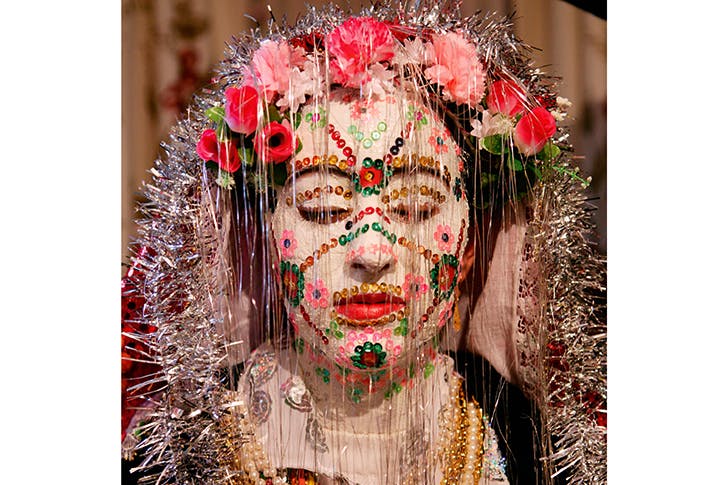
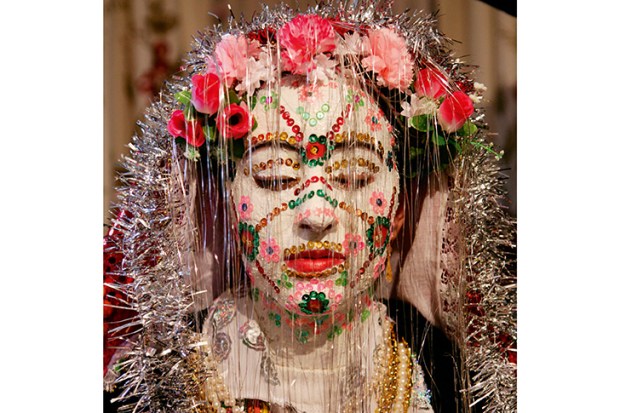

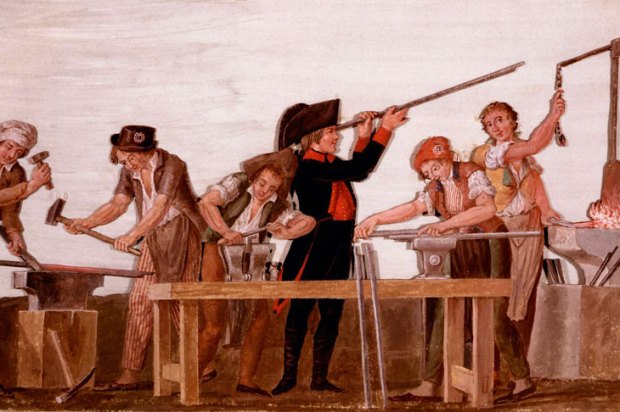

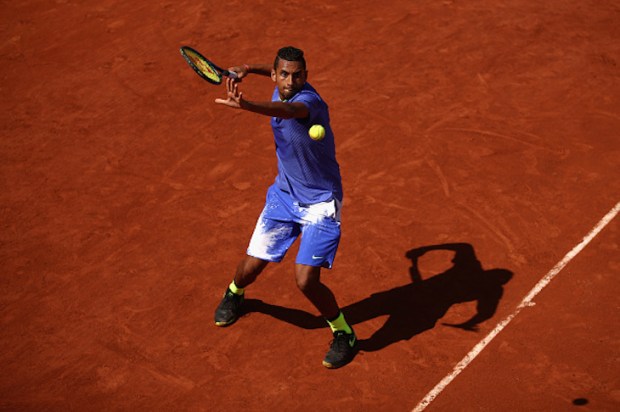
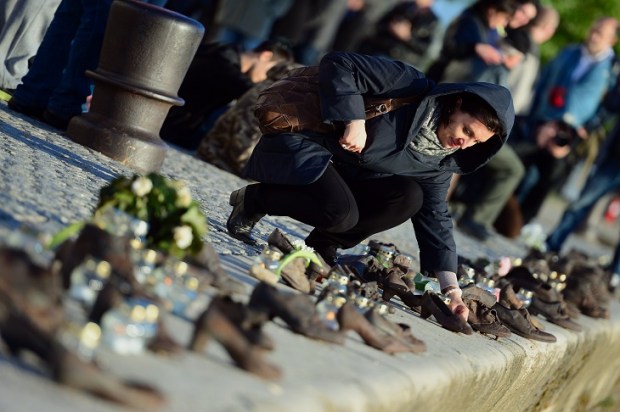






Comments
Don't miss out
Join the conversation with other Spectator Australia readers. Subscribe to leave a comment.
SUBSCRIBEAlready a subscriber? Log in